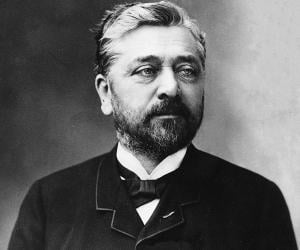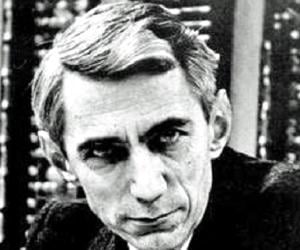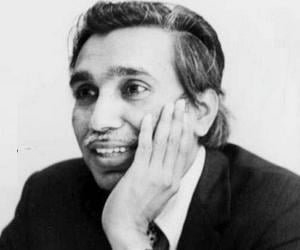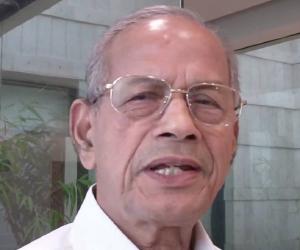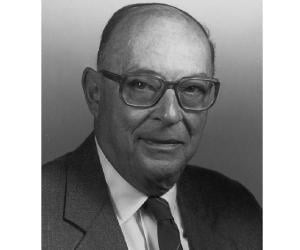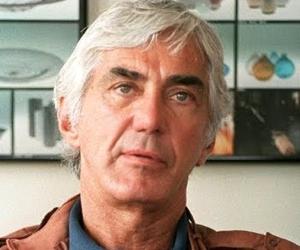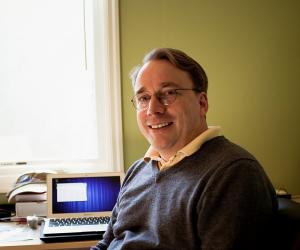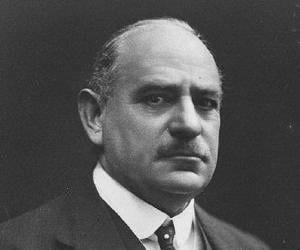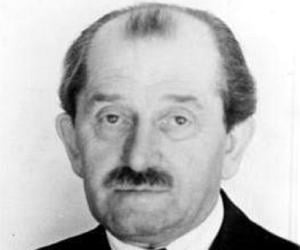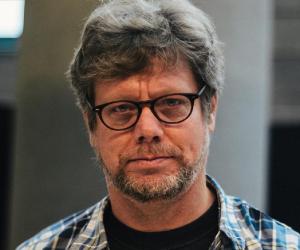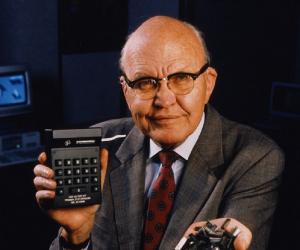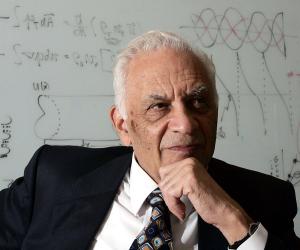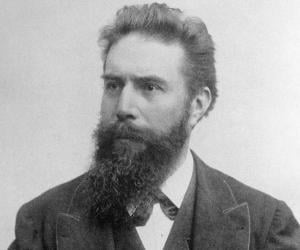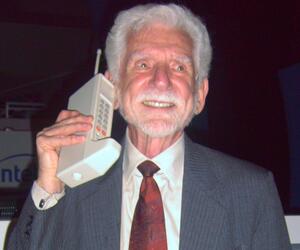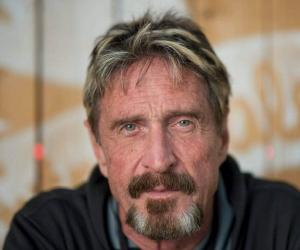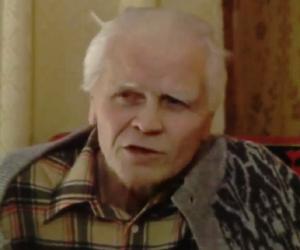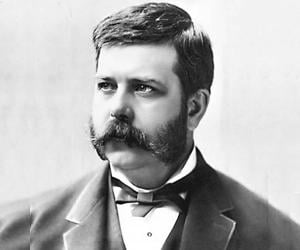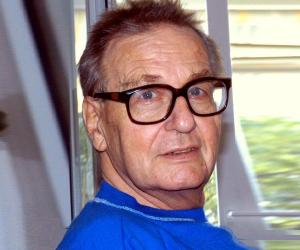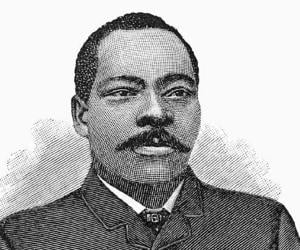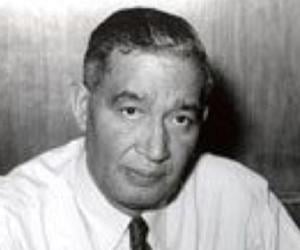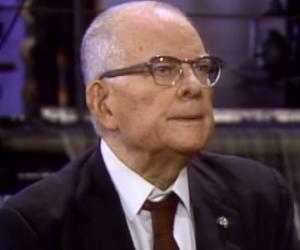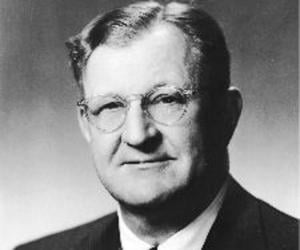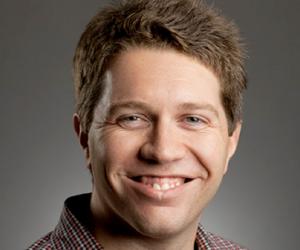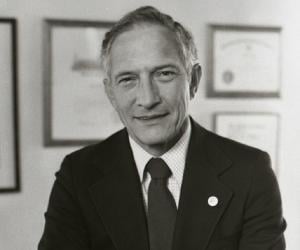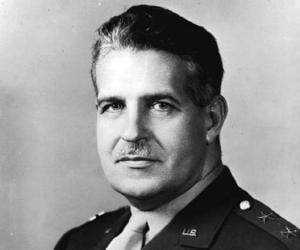Claude Shannon was an electrical engineer, mathematician, and cryptographer. He is credited with publishing the article A Mathematical Theory of Communication which gave rise to the field of information theory. Hence, Shannon is considered the father of information theory. He is also credited with founding digital circuit design theory. During World War II, he contributed to the field of cryptanalysis.
Fazlur Rahman Khan was a Bangladeshi-American architect and structural engineer. Regarded as the father of tubular designs, Khan is credited with designing several skyscrapers, including the Willis Tower and the John Hancock Center. Thanks to his ingenious use of structural systems, Khan is often referred to as the 20th century's greatest structural engineer and the Einstein of structural engineering.
E. Sreedharan is an Indian politician and engineer who played a key role in the construction of the Delhi Metro and the Konkan Railway. Nicknamed the Metro Man, Sreedharan was honored with the prestigious Padma Vibhushan Award for changing the face of Indian public transport. In 2003, E. Sreedharan was included in Time magazine's list of Asia's Heroes.
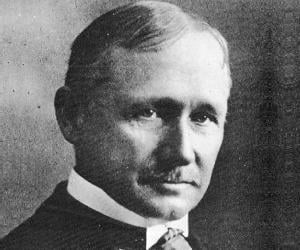
American inventor, mechanical engineer and an accomplished tennis and golf player, Frederick Winslow Taylor, regarded as the father of scientific management, sought to improve industrial efficiency. His approach on scientific management, referred to as Taylorism, has significantly influenced development of industrial engineering and production management. His monograph, The Principles of Scientific Management, laid out his views on principles of scientific management.
American engineer, physicist and Nobel laureate John Bardeen is the only person who received the Nobel Prize in Physics twice. He shared the first Nobel with William Shockley and Walter Brattain in 1956 for inventing the transistor, and the second with Leon N Cooper and John Robert Schrieffer in 1972 for proposing the BCS theory, a microscopic theory of superconductivity.
John DeLorean was an American inventor and engineer. Highly regarded for his work at General Motors, John DeLorean was an influential figure in the US automobile industry. He is credited with founding the popular American automobile manufacturer, The DeLorean Motor Company. DeLorean’s life inspired a couple of documentary films, including Framing John DeLorean where he was played by Alec Baldwin.
John Monash was an Australian military commander during World War I. He played a major role in the Gallipoli campaign, which took place from February 1915 to January 1916 on the Gallipoli peninsula. John Monash is widely regarded as the most popular commander in Australian history and one of the most prominent allied generals of World War I.

Award-winning German computer scientist Konrad Zuse created the world's first program-controlled computer, named Z1. He then moved on to Z3, the first fully functional programmable computer in the world, and Z4, the first commercial digital computer in the world. Post-retirement, he spent most of his time painting.
Ferdinand Porsche was an Austrian-German automotive engineer. He is credited with founding one of the most popular car companies in the world, Porsche AG. He is also credited with creating the Lohner-Porsche mixed hybrid, the first gasoline-electric hybrid vehicle. During World War II, Porsche was a prominent contributor to the German war effort.
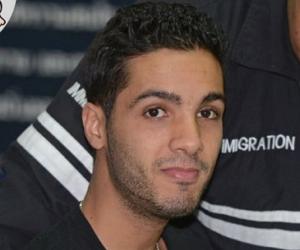
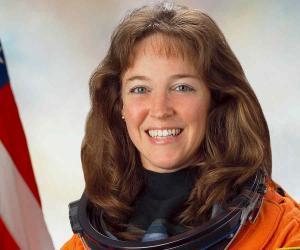
Former NASA astronaut and U.S. Navy captain Lisa Nowak was part of the STS-121 mission. She made headlines when she apparently attempted to kidnap Air Force captain Colleen Shipman, who was getting into a relationship with astronaut William Oefelein, who had previously dated Nowak. Nowak was subsequently dismissed from NASA.
Nobel Prize-winning engineer Jack Kilby is best remembered for his contribution to the development of the integrated circuit. Born to an electrical engineer, he had his first brush with gadgets as an amateur radio operator. Initially a Texas Instruments employee, he later also taught at the Texas A&M University.
Amar Bose was an American academic, entrepreneur, sound engineer, and electrical engineer. Bose served as a professor at MIT for more than 45 years. He is also credited with founding a manufacturing company called Bose Corporation where he served as the chairman. In 2008, Amar Bose was inducted into the National Inventors Hall of Fame.
Wilhelm Rontgen was a German physicist and mechanical engineer. He is best remembered for producing and detecting X-rays for which he was honored with the first Nobel Prize in Physics in 1901. His discovery of X-rays remains one of the greatest achievements in the field of medical science.
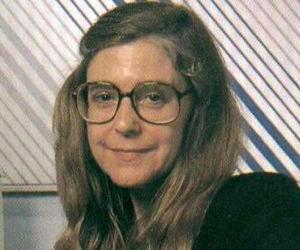
Credited with coining the term software engineering, computer scientist and systems engineer, Margaret Heafield Hamilton served as the Director of the Software Engineering Division of the MIT Instrumentation Laboratory, overseeing the development of the on-board flight software for NASA's Apollo program. A prolific writer, she is also the founder of two software companies; Higher Order Software and Hamilton Technologies.
John McAfee is an English-American businessman and computer programmer. He is credited with founding one of the most popular software companies of all time, McAfee Associates, which specializes in producing enterprise security software. After leaving the company, which is now owned by TPG Capital and Intel, John McAfee went on to found other companies like Tribal Voice and Future Tense Central.
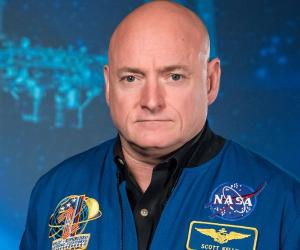
Scott Kelly is an American engineer, retired naval aviator, and astronaut. He is credited with commanding the International Space Station on three Expeditions. Scott Kelly is the recipient of several awards and honors, such as the NASA Distinguished Service Medal and National Defense Service Medal.
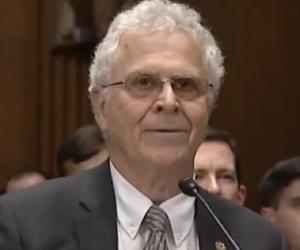
Inventor and entrepreneur George Westinghouse was mostly responsible for introducing the U.S. to alternating current (AC). Initially part of the army and the navy, the talented engineer began his journey of inventions with the rotary steam engine and went on to invent several products, such as air brakes.
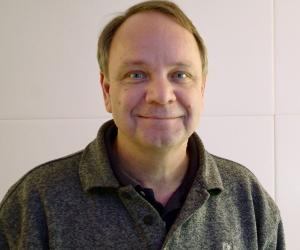
Game designer Sid Meier soared to fame with the strategy game series Civilization. Initially a cash-register designer, he later co-founded the gaming company MicroProse. He met his wife at a Lutheran Church, where they both still sing. Apart from the AIAS Hall of Fame Award, he has also penned a memoir.
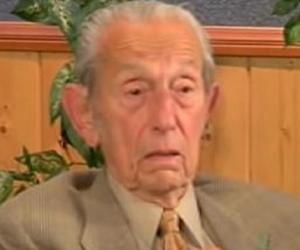
Californian evangelist and preacher Harold Camping made headlines when he incorrectly predicted the date of the Rapture, or the end of the world, to be May 21, 2011. Initially a civil engineer, Camping later came to be known for leading Family Radio, a Christian broadcast station, in its peak.
Swiss-American physicist and engineer Bernhard Caesar Einstein was better known as the only grandchild of Albert Einstein to have survived beyond childhood. While two of his biological brothers died in infancy, his parents adopted a girl child, too. He grew up to work on night vision and laser technology.
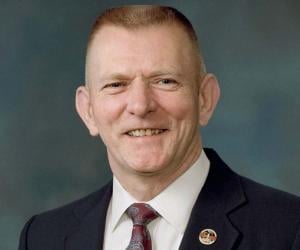
Granville Woods was 10 when he began working at a machine shop, while continuing his studies at a night school. He grew up to become a steam locomotive engineer and earned the nickname the Black Edison for his countless inventions, most of which were related to electrical systems for railways.
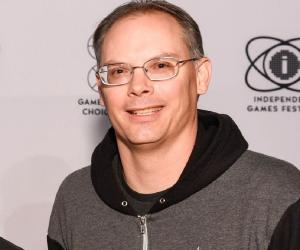
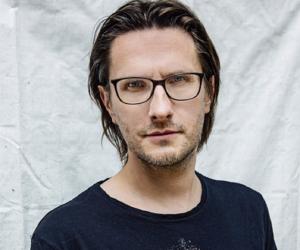
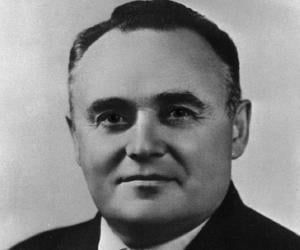
Sergei Korolev was a Soviet spacecraft designer and rocket engineer who played an important role during the Space Race between the Soviet Union and the United States of America in the 1950s and 1960s. He was largely responsible for developing the R-7 Rocket and launching Yuri Gagarin into space. Sergei Korolev also launched Belka, Strelka, and Laika into space.
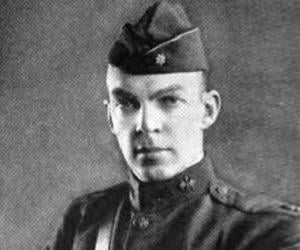
Edwin Howard Armstrong was an American inventor and electrical engineer. He is credited with developing the superheterodyne receiver system as well as the frequency modulation (FM) radio. During his illustrious career, Armstrong received several awards including the IEEE Medal of Honor, Franklin Medal, and Edison Medal. He was inducted into the National Inventors Hall of Fame in 1980.
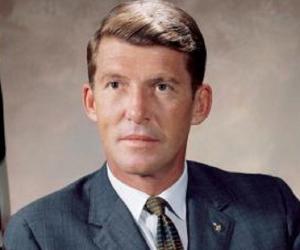
Wally Schirra was an American NASA astronaut, test pilot, and naval aviator. He achieved popularity in 1959, when he became one of the seven astronauts chosen for Project Mercury. In 1962, he was part of Mercury-Atlas 8 and became only the ninth human to travel into space. Wally Schirra was portrayed by Lance Henriksen in the film, The Right Stuff.
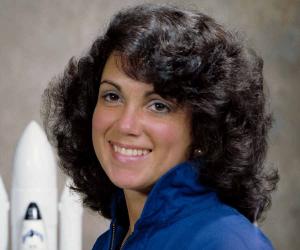
Judith Resnik was an American software engineer, electrical engineer, pilot, biomedical engineer, and NASA astronaut. She was the fourth woman and the first Jewish woman in space, logging 145 hours in orbit. Resnik, who died during the Space Shuttle Challenger disaster in 1986, received several posthumous honors. Judith Resnik’s life and career inspired the 1990 TV movie Challenger.
Best known for inventing an automatic refrigeration system used in long-haul trucks, Frederick McKinley Jones was orphaned at age 7. He quit school as a child and took up menial jobs. After briefly serving the army, he focused on inventing machine parts and ended up with over 60 patents.
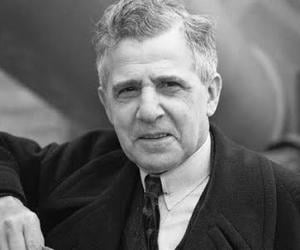
Best known for designing the Golden Gate Bridge, engineer Joseph Strauss specialized in movable bridges and developed the concepts of the bascule bridge and the vertical-lift bridge. Born to a pianist mother and a painter-writer father, he later also penned poems such as The Mighty Task is Done.
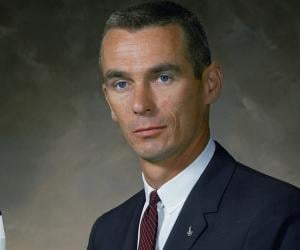
Eugene Cernan was an American naval aviator, astronaut, aeronautical engineer, electrical engineer, and fighter pilot. As of 2022, Cernan remains the last man to walk on the Moon, which he did in 1972 as part of the Apollo 17 mission. In 2007, Eugene Cernan was made an inductee of the International Air & Space Hall of Fame.
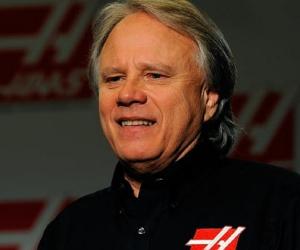
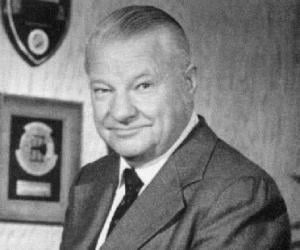
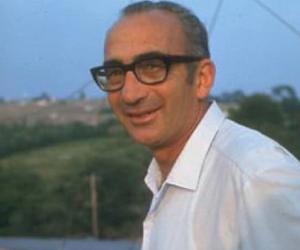
Born to a lawyer, William Edwards Deming grew up to become a renowned mathematical physicist and later taught statistics at the New York University. His research focused on the application of statistical methods to improve quality control in various industries. His ideas were later widely used by Japanese corporates.
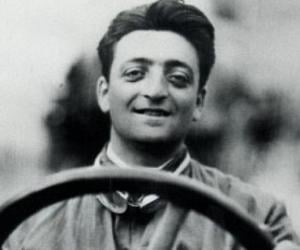
Tech magnate Garrett Camp made headlines in 2020 when he quit his position of board director of Uber, a company co-founded by him, to focus on its product strategy. Camp has also formed companies such as StumbleUpon and the start-up incubator Expa Labs, and is part of The Giving Pledge.
American engineer Robert Noyce, who co-invented the integrated circuit, later gained the nickname the Mayor of Silicon Valley. The co-founder of Intel and Fairchild Semiconductor, Noyce is also said to have given Silicon Valley its name with his invention that included a silicon microchip. He was also a swimming champion.
US Army officer Leslie Groves is best remembered for his association with the Manhattan Project, which was aimed at developing atom bombs during World War II. He was also in-charge of building a place to house the War Department’s staff in a structure that later became the Pentagon.
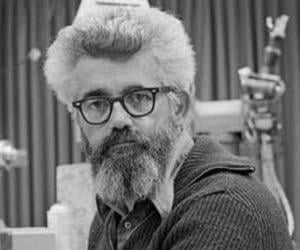
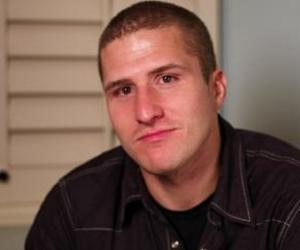
Computer programmer and entrepreneur Shawn Fanning revolutionized the world of information technology by developing a program that let users share MP3 copies of music from their personal computers with others on the internet. His invention led to the formation of Napster and got him featured on the cover of Time.
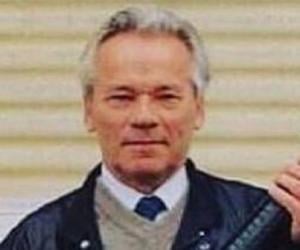
Eugene Stoner is largely remembered for developing the ArmaLite AR-15 rifle, which was a forerunner of the M16 rifle used by the American military. Though he didn’t have any formal education beyond high school, Stoner, like his Russian counterpart, Mikhail T. Kalashnikov, revolutionized the arms industry with his inventions.
